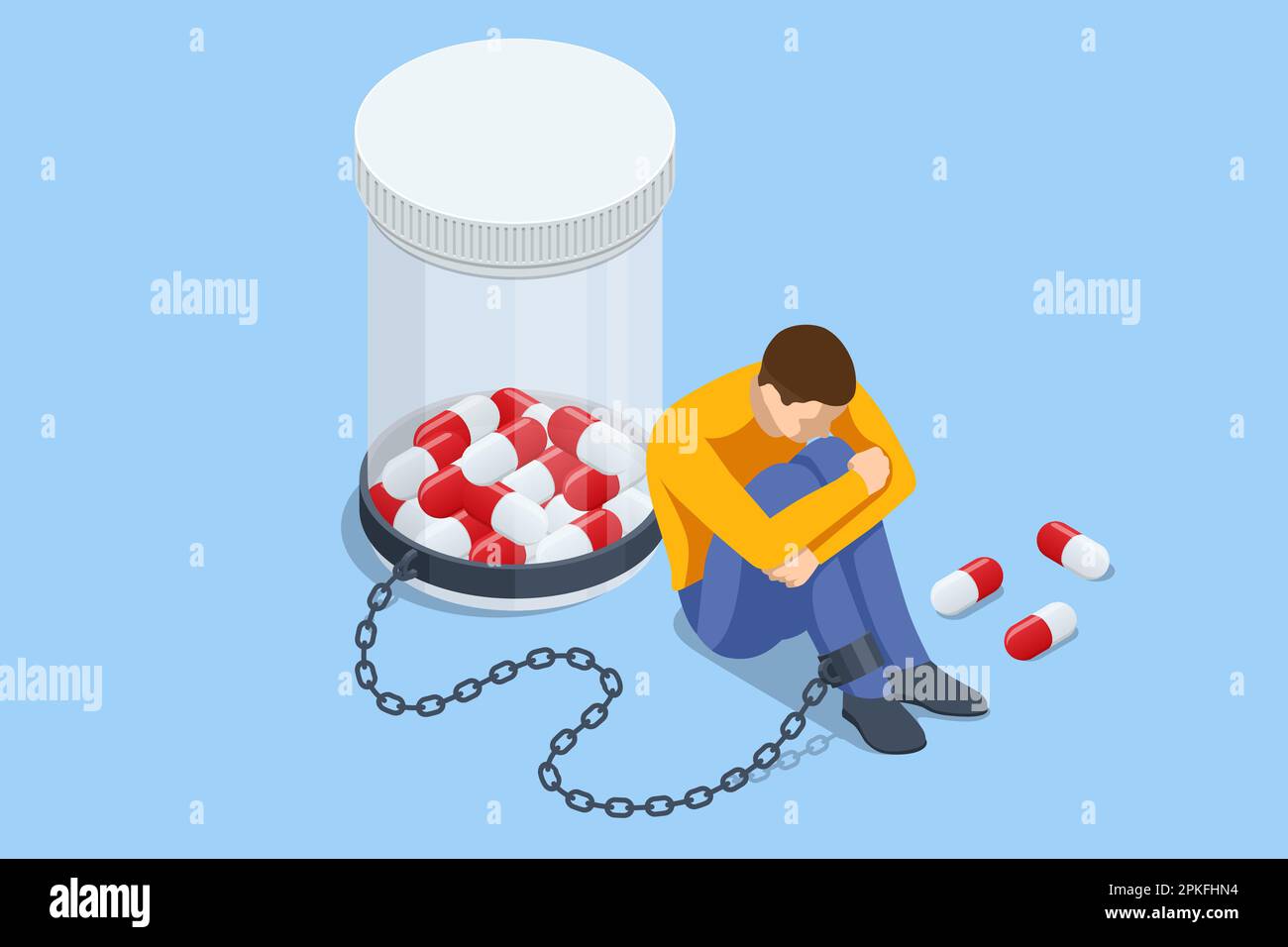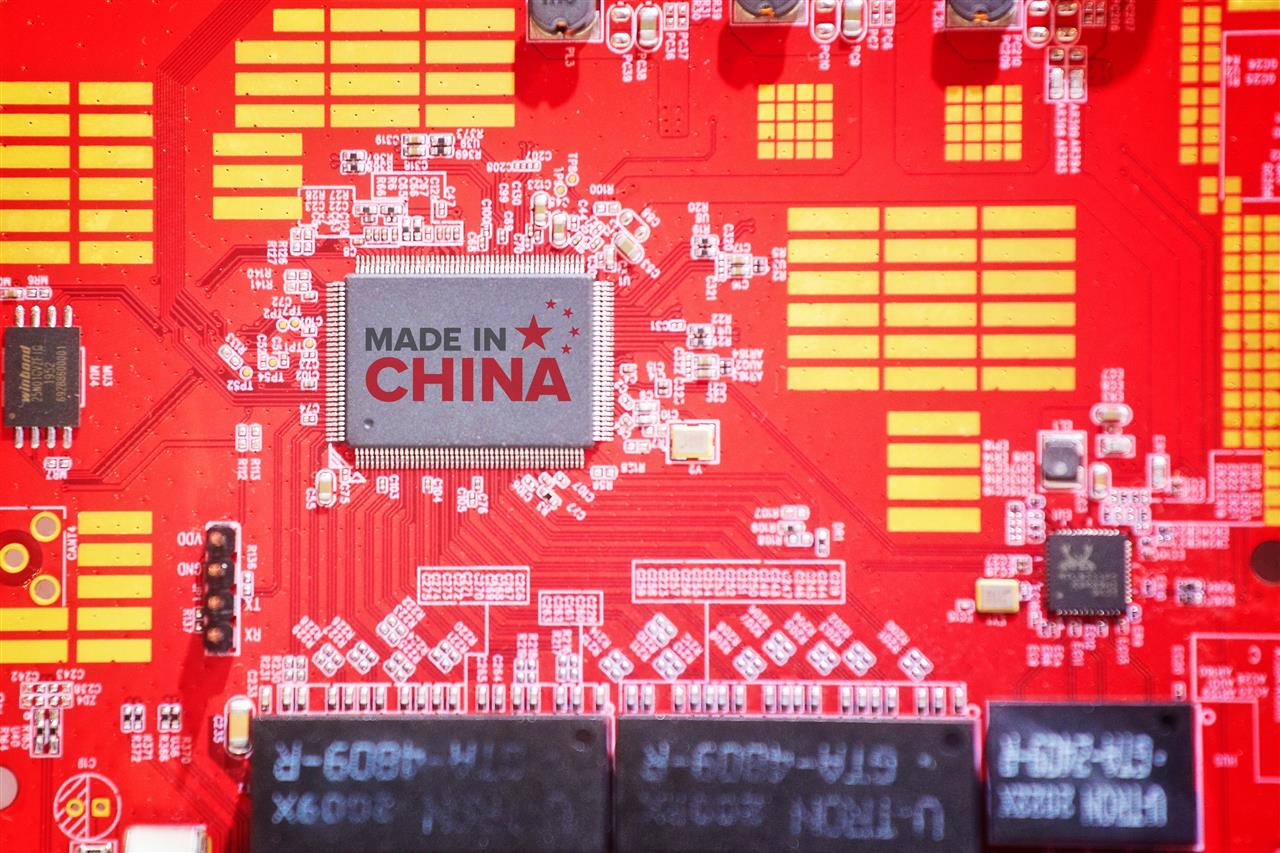China's Healthcare Shift: Reducing Dependence On US Drug Imports

Table of Contents
Government Initiatives Driving Pharmaceutical Independence
China's national strategies to boost domestic pharmaceutical production are multifaceted and far-reaching. The government recognizes that reducing dependence on US drug imports is crucial for national security and economic stability. This initiative is driven by a combination of policy changes, financial incentives, and regulatory reforms designed to foster a thriving domestic pharmaceutical industry.
-
Specific Policies:
- Tax incentives: Significant tax breaks and subsidies are offered to domestic pharmaceutical companies, encouraging investment in research, development, and manufacturing.
- Funding for R&D: Massive government funding is channeled into research and development programs focused on key therapeutic areas and innovative drug development.
- Regulatory reforms: Streamlined approval processes and simplified regulations aim to expedite the development and launch of new drugs.
- Import substitution programs: Active initiatives are underway to identify and replace imported drugs with domestically produced equivalents.
-
Key Government Agencies: The National Medical Products Administration (NMPA) plays a central role in regulating the pharmaceutical industry, while the Ministry of Science and Technology (MOST) spearheads research and development initiatives. Other agencies, including the National Development and Reform Commission (NDRC), contribute to the overall strategic planning and implementation of these policies.
-
Impact on Foreign Pharmaceutical Companies: These policies have created both opportunities and challenges for foreign pharmaceutical companies operating in China. While some companies are adapting by forging partnerships with Chinese firms and investing in local R&D, others face increasing competition from domestically produced alternatives.
Investment in Domestic Research and Development (R&D)
China's investment in domestic R&D for drug development and manufacturing is experiencing exponential growth. This surge is fueled by government initiatives, increasing private sector investment, and a growing recognition of the importance of pharmaceutical innovation for national healthcare security.
-
Successful Chinese Pharmaceutical Companies: Several Chinese pharmaceutical companies have emerged as global players, developing innovative products and expanding their international presence. These companies are investing heavily in R&D across various therapeutic areas.
-
Areas of Focus in R&D:
- Biosimilars: Significant efforts are focused on developing biosimilars, offering cost-effective alternatives to expensive biologics.
- Generic drugs: China has long been a major producer of generic drugs, and investments continue to improve quality and efficiency.
- Novel therapies: Increasingly, Chinese companies are investing in the research and development of novel therapies, targeting unmet medical needs.
-
Bridging the Innovation Gap: While progress is significant, China still faces challenges in bridging the innovation gap with global pharmaceutical leaders. This requires continued investment in R&D infrastructure, talent development, and fostering a culture of scientific innovation.
Strengthening Domestic Supply Chains and Manufacturing
Establishing robust domestic supply chains for pharmaceutical ingredients and manufacturing is critical for China's pharmaceutical independence. This involves building a reliable network of domestic suppliers, enhancing manufacturing capabilities, and reducing reliance on foreign sources.
-
Implications for Global Supply Chains: China's efforts to strengthen its domestic supply chains have implications for global pharmaceutical supply chains. Increased domestic production could lead to reduced reliance on global suppliers, potentially creating both opportunities and challenges for international companies.
-
Role of Technology and Automation: Advances in technology and automation are playing a crucial role in enhancing the efficiency and quality of domestic pharmaceutical manufacturing.
-
Challenges in Building a Self-Sufficient Supply Chain:
- Raw material sourcing: Securing a reliable supply of raw materials for drug manufacturing remains a challenge.
- Skilled labor: Developing a skilled workforce to meet the growing demand for pharmaceutical manufacturing is essential.
- Technology transfer: Transferring advanced technologies from international partners to build capacity domestically is vital.
Impact on Global Pharmaceutical Market Dynamics
China's shift towards reducing its dependence on US drug imports is having a profound impact on the global pharmaceutical market. This transformative change is reshaping competition, influencing pricing, and altering the dynamics of the international pharmaceutical industry.
-
Implications for US Pharmaceutical Companies: US pharmaceutical companies relying heavily on the Chinese market face increased competition from domestic players. This requires adaptation, including collaborations with Chinese companies or a focus on specialized therapies not easily replicated.
-
Increased Competition and Price Pressures: The increased production of generic drugs and biosimilars in China is expected to exert downward pressure on global drug prices.
-
Opportunities and Challenges for Global Players: International pharmaceutical companies can capitalize on the growing Chinese market by forming strategic partnerships, focusing on innovative therapies, and adapting to the evolving regulatory landscape. However, they must also contend with increased competition and stricter regulations.
Conclusion
China's strategic effort to reduce its reliance on US drug imports is driven by a combination of government initiatives, significant investments in domestic R&D, and a concerted push to strengthen its pharmaceutical supply chains. This shift is fundamentally altering the global pharmaceutical landscape, creating both opportunities and challenges for international players. Key takeaways include the significant impact on global market dynamics, increased competition, and potential price pressures. Stay updated on the latest developments in China's strategic shift towards reducing its reliance on US drug imports and the implications for the global pharmaceutical industry. Understanding this evolving landscape is crucial for navigating the future of global pharmaceutical independence and the complex interplay between China and the rest of the world's healthcare systems.

Featured Posts
-
 Apurate Clases De Boxeo En Edomex Ultimos 3 Dias
May 01, 2025
Apurate Clases De Boxeo En Edomex Ultimos 3 Dias
May 01, 2025 -
 Duurzaam Schoolgebouw Kampen Rechtszaak Tegen Enexis Om Stroomaansluiting
May 01, 2025
Duurzaam Schoolgebouw Kampen Rechtszaak Tegen Enexis Om Stroomaansluiting
May 01, 2025 -
 Smoking Vs This Food Doctor Explains The Shocking Mortality Risk
May 01, 2025
Smoking Vs This Food Doctor Explains The Shocking Mortality Risk
May 01, 2025 -
 Inisiatif Tabung Baitulmal Sarawak 125 Anak Asnaf Di Sibu Terima Bantuan Sekolah 2025
May 01, 2025
Inisiatif Tabung Baitulmal Sarawak 125 Anak Asnaf Di Sibu Terima Bantuan Sekolah 2025
May 01, 2025 -
 Nvidias Concerns Beyond The China Trade War
May 01, 2025
Nvidias Concerns Beyond The China Trade War
May 01, 2025
